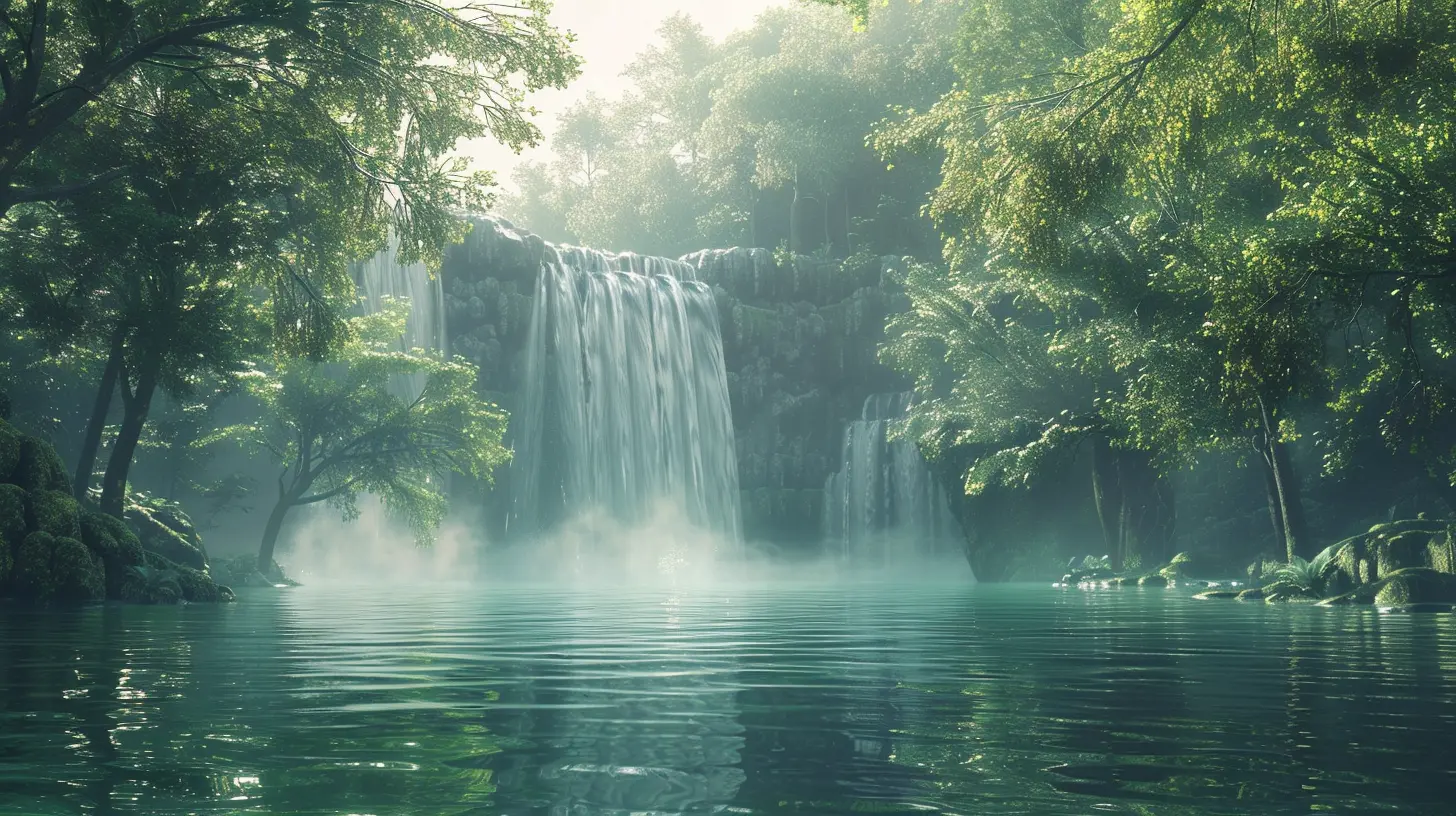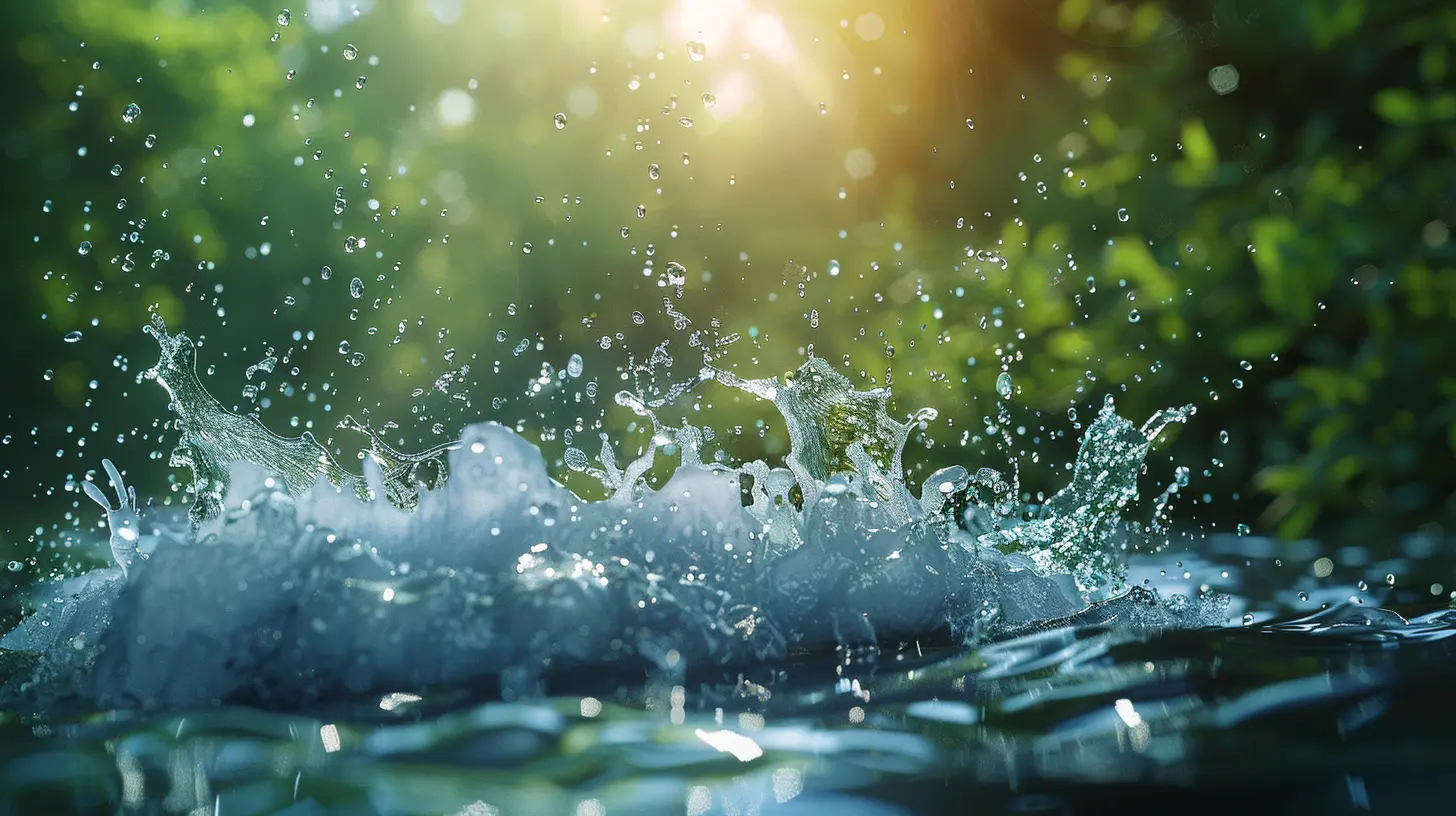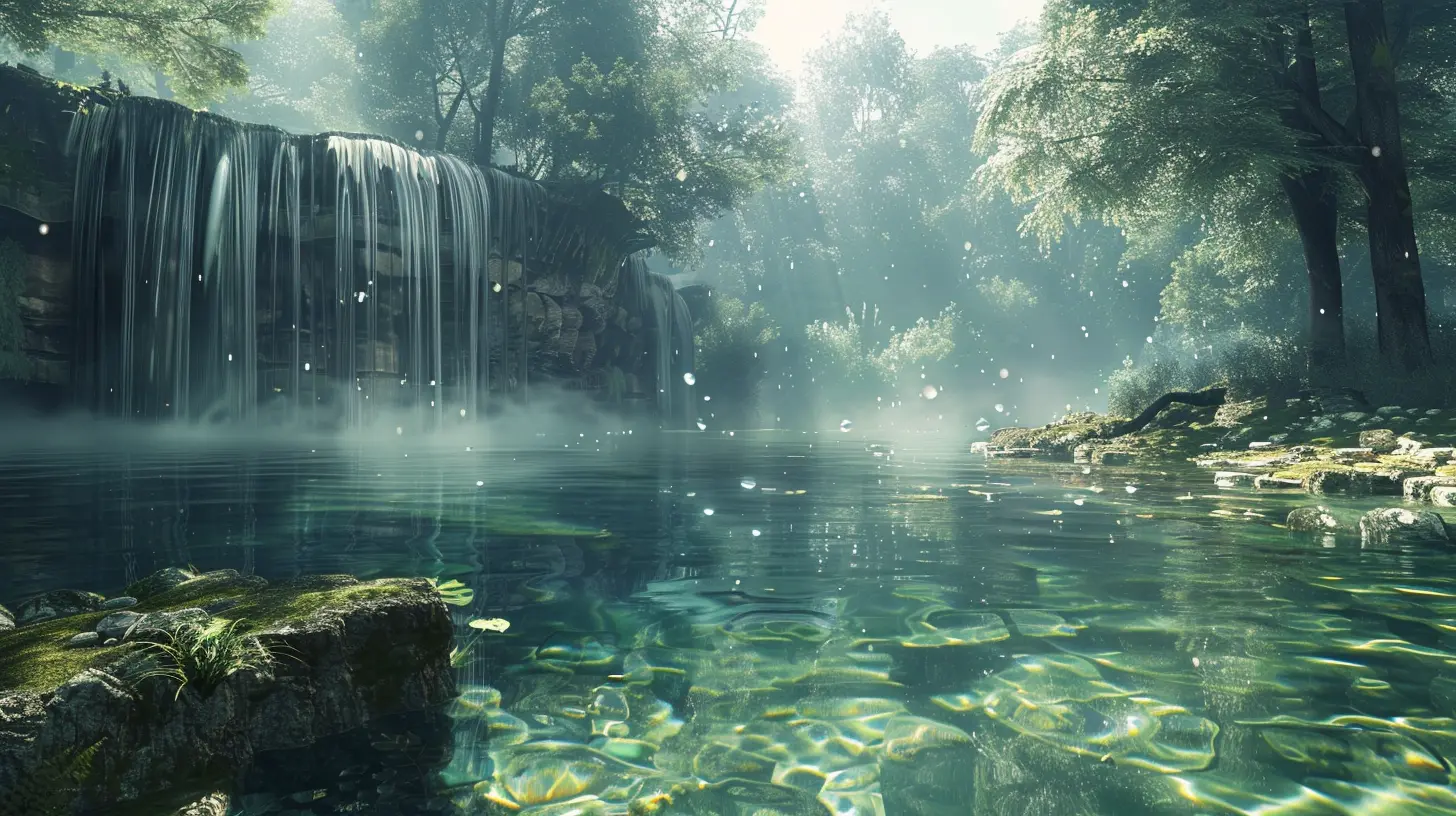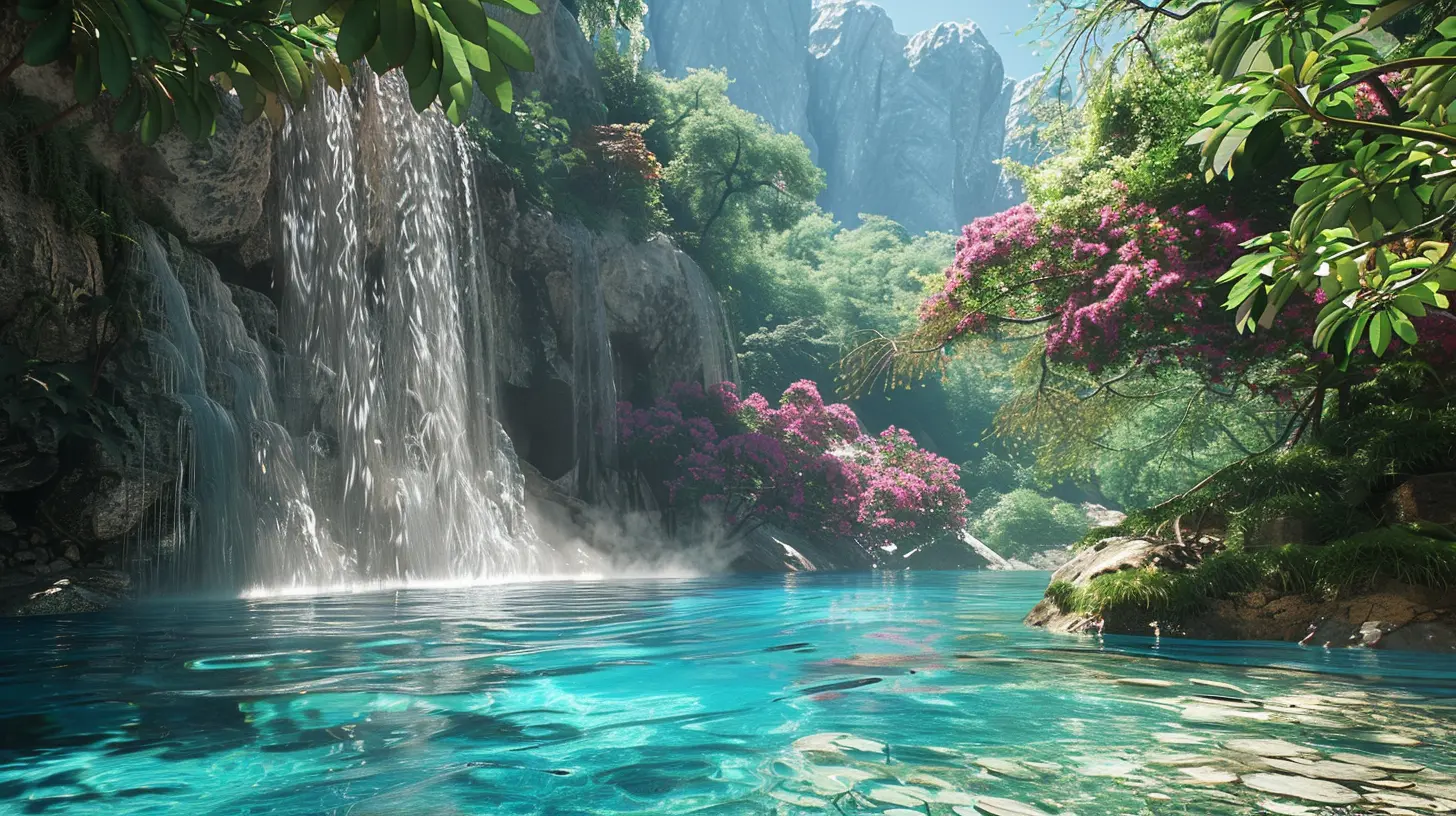How Water Effects Have Evolved in Video Games
7 July 2025
Water is one of those elements in video games that’s often overlooked—until it isn’t. Imagine you’re playing your favorite open-world game, and then you spot a vast ocean or a babbling brook. You notice the details: the way light dances on the surface, the ripples forming with every step you take, or the waves crashing as your character steers a boat through the storm. That’s when it hits you—making water look real in video games is no easy feat.
Over the years, game developers have relentlessly pushed boundaries to deliver more lifelike and immersive water effects. We’ve gone from flat, blue textures to photorealistic oceans that ripple and react dynamically. So, how exactly have water effects evolved in video games? Let’s dive in (pun intended), shall we?
The Early Days: Simplicity at Its Best (1980s-1990s)
Let’s rewind the clock to the early days of video gaming. Back in the 1980s and 1990s, water in video games was, well, basic. Developers didn’t have the tools or technology we have today, so water was often represented as a flat blue texture or a single color. If there was animation involved, it was likely a repeating pattern meant to mimic waves or ripples.Classic Examples of Early Water Effects
Take "Super Mario Bros." (1985) as an example. The water levels were essentially a shade of blue with white lines to represent movement. There was no interaction, no physics—just a visual cue to let you know that you were swimming.Another standout is "The Legend of Zelda: A Link to the Past" (1991). The water here was a bit more advanced, featuring ripple effects when you moved through it, but it still lacked depth or realism. At the time, though, these effects were groundbreaking.
The Shift Toward Realism: The Dawn of 3D Graphics (1990s-2000s)
By the late ‘90s, with the introduction of 3D graphics, water effects began to take a huge leap forward. Developers now had access to new tools like shaders and rendering techniques, which allowed for more realistic representation of water. Games started looking less like cartoons and more like immersive virtual worlds.Dynamic Water Simulation in the Early 3D Era
One of the first games to showcase impressive water physics was "Wave Race 64" (1996) for the Nintendo 64. For its time, the game had revolutionary water effects. The waves weren’t just there for show—they actively influenced gameplay, affecting the movement of jet skis. Players could almost feel the resistance of the water.Then came "Half-Life" (1998), which introduced basic water reflections and transparency. You could shoot into the water and see ripples or jump in and watch the surface react. These details were subtle, but they paved the way for a more immersive gaming experience.
Reflective Surfaces and Physics Take Center Stage (2000s-2010s)
The 2000s were a transformative period for video game water effects. Developers began incorporating reflective surfaces, refraction (where light bends as it passes through water), and real-time physics. This era wasn’t just about making water look good—it was about making it behave like water.Games That Redefined Water Physics
"Far Cry" (2004) was a trailblazer in this space. The water in the game wasn’t just beautiful—it was dynamic. You could see sunlight refract as it hit the surface, and waves would ripple realistically when disturbed. For players, it felt like stepping into a living, breathing world.Another game that pushed boundaries was "Bioshock" (2007). Remember the opening scene? You crash into the ocean, and the water’s motion feels chaotic and alive. The way the water interacted with lighting and reflections played a huge role in setting the mood and immersing players in the game’s underwater dystopia.
The Rise of Real-Time Rendering and Unreal Engine (2010s-Present)
Fast forward to the 2010s, and things got a whole lot more interesting. With the rise of advanced game engines like Unreal Engine and Unity, developers now had access to tools that made creating photorealistic water possible. Real-time rendering allowed for dynamic surface simulations, volumetric effects, and interactive physics—all calculated on the fly.Photorealism in Modern Games
Take a game like "The Witcher 3: Wild Hunt" (2015). Its massive open-world features rivers, lakes, and oceans that look stunningly real. The way water interacts with Geralt’s boat or splashes as you ride your horse through shallow streams showcases just how far we’ve come.And then there’s "Red Dead Redemption 2" (2018). When you walk through water, it ripples around your boots. If you shoot into a lake, you’ll see realistic splashes and waves. The attention to detail is staggering, and the water feels like a living entity that reacts to your every move.
Of course, we can’t ignore games like "Sea of Thieves" (2018), where the ocean is practically the star of the show. The waves are procedurally generated, meaning they’re never the same twice, and their behavior is influenced by weather conditions. It’s a game that truly harnesses the power of modern technology.
Procedural Generation and AI: The Future of Water Effects
So, what’s next? As we step into the future of gaming, water effects will continue to evolve thanks to procedural generation and AI. These technologies allow developers to create even more complex and interactive water systems—ones that change dynamically based on the environment, weather, and player actions.What Could the Future Hold?
Imagine a survival game where you need to monitor river currents to catch fish or a pirate game where storms whip up deadly waves that could capsize your ship. AI could simulate these scenarios in real-time, making the water feel more alive than ever.The Role of Hardware in Water Evolution
Let’s not forget the hardware that makes all these advancements possible. Modern consoles like the PlayStation 5 and Xbox Series X, coupled with powerful GPUs for PC gaming, enable developers to handle the heavy computational demands of realistic water rendering. Features like ray tracing make reflections and refractions look eerily lifelike, adding another layer of realism.Why Water Effects Matter in Games
At this point, you might be thinking, “Okay, but why does it matter?” Well, water effects are more than just eye candy—they’re a critical part of immersion. Whether you’re exploring a fantasy kingdom, navigating a stormy sea, or simply fishing by a pond, realistic water can make or break the experience.Think of it this way: we’re hardwired to recognize water in the real world. When it looks or behaves unrealistically in a game, it pulls us out of the experience. On the other hand, when it’s done right, it can enhance storytelling, create tension, or simply make a world feel alive.
Wrapping It Up: From Pixels to Photorealism
From the 8-bit oceans of the ‘80s to the hyper-realistic seas of today, the evolution of water effects in video games is nothing short of remarkable. Developers have come a long way, and they show no signs of slowing down. As technology continues to advance, we can expect water to become even more dynamic, immersive, and integral to gameplay.So next time you’re playing a game and find yourself standing by a river or sailing through a storm, take a moment to appreciate the artistry and technical wizardry behind those ripples and reflections. Because let’s face it—gaming wouldn’t be the same without them.
all images in this post were generated using AI tools
Category:
Video Game GraphicsAuthor:

Avril McDowney
Discussion
rate this article
2 comments
Azurael Cox
Water in video games has transformed from simple blue pixels to breathtaking, dynamic environments that redefine immersion. It’s no longer just a backdrop; it’s a living, breathing element that influences gameplay and aesthetics. Developers pushing these boundaries deserve all the credit—water effects are no longer just cosmetic; they’re essential.
October 25, 2025 at 5:00 PM
Zacharias Collins
What a fascinating read! It's incredible to see how water effects have transformed from simple textures to stunning, immersive environments that enhance gameplay. Can't wait to dive into the next game that showcases these breathtaking advancements. Keep up the great work!
July 19, 2025 at 4:24 PM

Avril McDowney
Thank you for your thoughtful comment! I'm glad you enjoyed the article and share the excitement for the evolution of water effects in gaming. Stay tuned for more!


